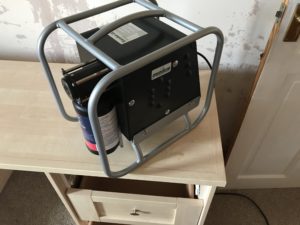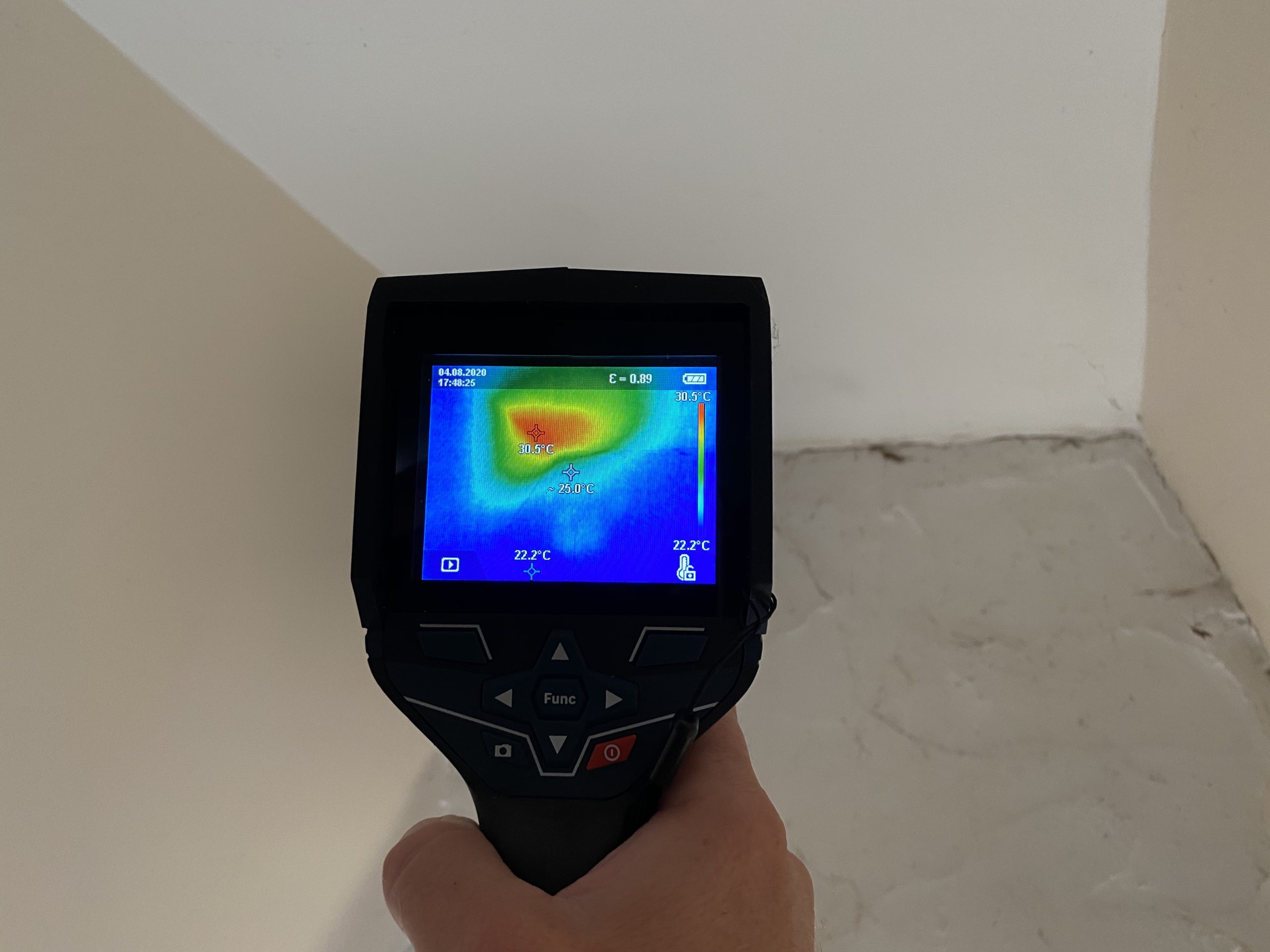
Current and potential new customers are often surprised how much technology is involved in pest control when we discuss what we can offer. Whilst many aspects of pest control are rooted in years old trapping and prevention techniques, technology is playing an increasing part in what we do, and brings many advantages with it.
What Technology is Involved?
The range of technology-based tools available to support pest control work is increasing at a rapid pace. This includes tools for investigations, ongoing monitoring and pest prevention work.
There are a range of different remote monitoring cameras available now. Some record only when triggered, for replaying of footage and identification of particular pests, while others send real-time notifications using wifi or mobile phone signals, when activity is detected.
There is an increasing range of tools available to assist with on-site investigations to determine the extent or locations of pest activity. This includes endoscope cameras which are really useful for checking in difficult to reach locations behind walls, inaccessible voids, or in drainage systems; and thermal imaging cameras which rely on heat differences and are particularly useful for locating colonies of honeybees or wasp nests behind plasterboard or other surfaces.
An increasing range of technological options are becoming available to attach to rodent traps which provide remote notification when a trap has been triggered.
Other technological solutions include commercial steam generators and heaters that can be used for non-toxic treatment of a whole range of insect pests; remote activated equipment used for fogging or ULV flushing of whole rooms with dosed insecticides, deodorisers or disinfectants; and live low-voltage electric ‘mats’ that can be placed around the wheels of vehicles to prevent rodents taking up residence and causing damage during long-term storage.
What are the Benefits of Technology in Pest Control?
These different technological solutions bring a wide range of benefits including quicker identification of pest species initially, more accurate identification of the exact locations of pest activity in a building; reduced disruption and reduced physical damage when accessing difficult to reach areas of buildings; reduced reliance on chemicals, and where chemicals are used, the dosing can be reduced to the absolute minimum through efficient delivery; more efficient monitoring of contracts and swifter responses when activity has occurred, and overall, reduced inconvenience and disruption for customers at all stages.
If you need advice on pest proofing, or if you have a current infestation or any other pest concern and need assistance, please contact us here or call us on 01604 328545

